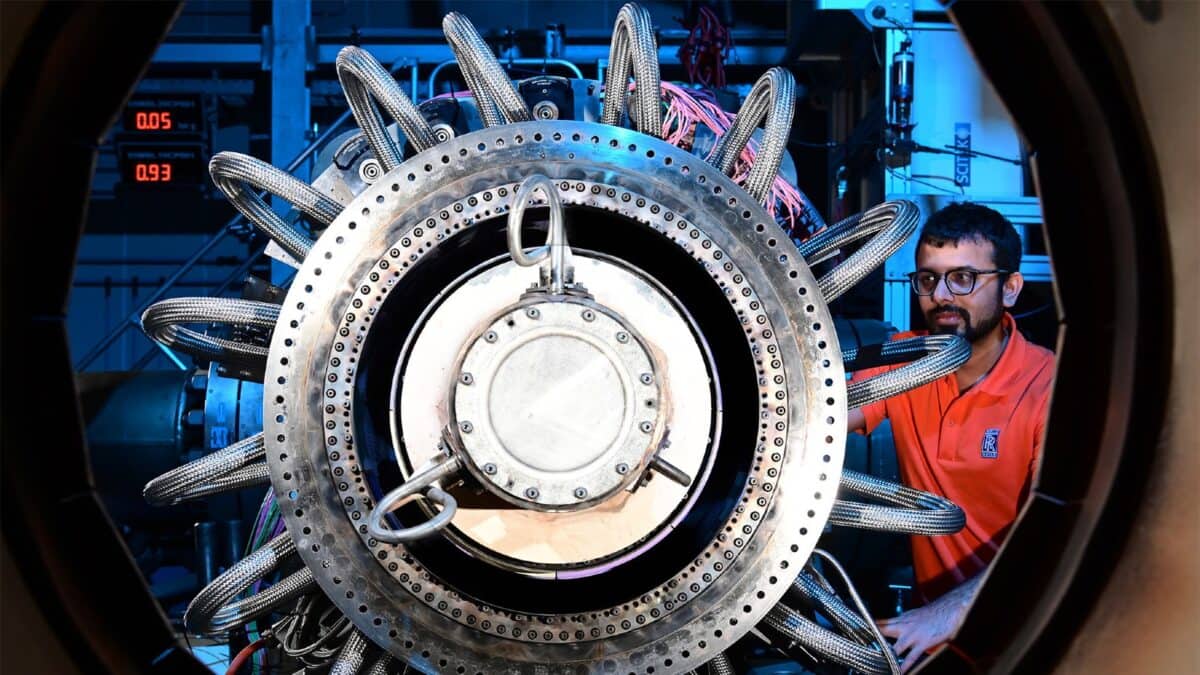It’s no secret that Rolls-Royce (LSE: RR) shares have been on fire this year as a recovery in air travel has improved the company’s fortunes.
Also well documented is the role chief executive Tufan Erginbilgiç has played in the firm’s turnaround since he took the helm on 1 January 2023.
Looking back, I should have invested immediately upon his arrival. The FTSE 100 stock was still in the doldrums back then, trading for under a quid, but seemingly ripe for a comeback.
Yet I didn’t invest, and only belatedly jumped on the Rolls bandwagon in springtime.
Of course, hindsight is a wonderful thing. I wouldn’t be thinking this way if the stock was still struggling!
Anyway, here’s how much I’d have now if I had invested £5k when the new CEO took over.
I’d be flying
At the start of 2023, the share price was 93p. As I write, it’s 295p, which translates into an incredible 217% rise.
That means my £5,000 would have turned into around £15,850 in just one year. That’s the sort of return I’d expect from a US tech stock rather than a Footsie blue-chip.
City analysts are also expecting dividends to return in 2024. The forecast yield is modest at 0.86%, but if paid, it would add another £134 or so to my return.
One last chance
Ben Horowitz, co-founder of venture capital firm Andreessen Horowitz, popularised the concept of ‘wartime’ and ‘peacetime’ CEOs.
In short, a particular leadership style may be more suitable depending on whether a business is facing a period of stability (peacetime), or dealing with significant challenges, disruptions and even existential threats (wartime).
On taking charge, Erginbilgiç described Rolls-Royce as a “burning platform” that had to change to survive. “Given everything I know talking to investors, this is our last chance,” he warned.
This was textbook wartime CEO language applied to a company in a classic wartime scenario (it was massively in debt and had lost two-thirds of its market value in five years).
Rapid turnaround
The subsequent overhaul of the business — involving disposals, efficiency savings and restructuring — has had a dramatic early impact.
In 2023, the company anticipates full-year underlying operating profit and free cash flow of £1.2bn-£1.4bn and £0.9m-£1bn, respectively.
By 2027, it expects to deliver annual operating profit of £2.5bn-£2.8bn and free cash flow of £2.8-£3.1bn. That would be a huge uplift.
While these figures are certainly impressive, and achievable according to analysts, the firm isn’t out of the financial woods just yet. It still had net debt of £2.8bn as of June, and some debt is due in 2025.
The balance sheet could again become the firm’s Achilles heel if there’s a setback in its key Civil Aerospace division.
Looking ahead
Based on forecasts for 2024, the stock is trading at 23.6 times forward earnings. I don’t think that’s too expensive as things stand, but it doesn’t leave much of a margin of safety.
That said, I see plenty of things to be bullish about, including the potential return of dividends and a full recovery in engine flying hours to pre-Covid levels.
If I wasn’t already a shareholder, I’d be looking to buy the stock the next time there’s a dip.








